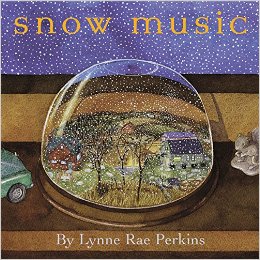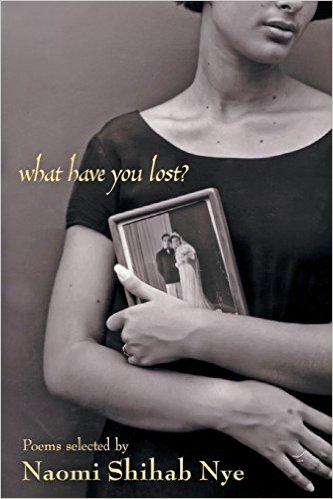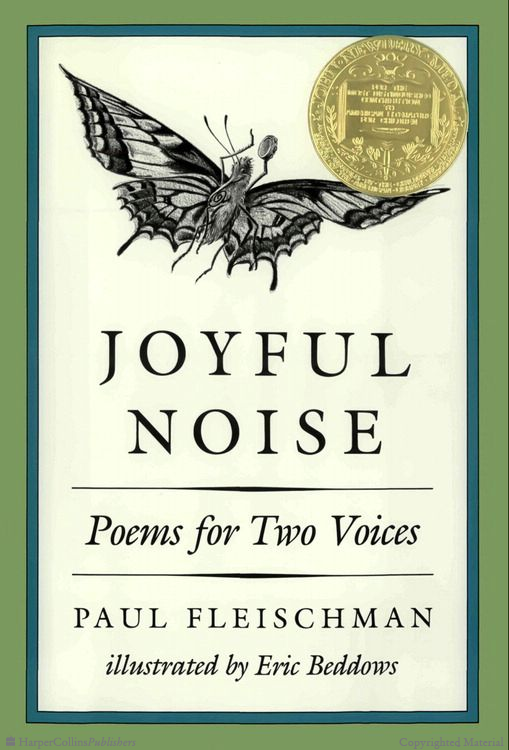Reading Mishmash: A Poke in the I: a Collection of Concrete Poems and Oh, No! Where Are My Pants
My reading has had surprising continuity in recent months, though looking at the number of books actually checked off my TBR list you'd think I'd become an American Idol addict or something. No such luck. I've been rushing to fulfill the requirement of the MFA - 40 books of the 120 listed on their required bibliography - 40 read before my first residency, the rest in my first two semesters (along with reading for courses). And yet ... I can't seem to leave the library without a handful of non-required books. So now I have three annotated bibliographies going. One of required reading for the MFA, one of reading that could be related (i.e. children's books), and one for research or books that don't really fit anywhere else. Like Your Money Counts by Howard Dayton, or Parenting With Love and Logic by Cline and Fay.
Oh, No! Where Are My Pants and Other Disasters: Poems
Hopkins, Lee Bennet, editor. Wolf Erlbruch, illus. Oh, No! Where Are My Pants and Other Disasters: Poems. HarperCollins, 2005.
Beyond an overuse of exclamation points, this charming collection gets into a child's world without subtlety or subtext. The poems are funny, sad, simple, but not transportive. Most are nostalgic, words of an adult looking back. The illustrations, likewise, have a feel of nostalgia. A 1940s idyllicism. At the State Fair by Rebecca Kai Dotlich was one exception. "I stay very still/in this chandelier chair." captures the child's thinking in childlike words and, interestingly, this illustration is my favorite--it has more depth of meaning, more emotional expression than the others in the book.
A Poke in the I: a Collection of Concrete Poems
Janeczko, Paul B., editor. Chris Raschka, illus. A Poke in the I: a Collection of Concrete Poems. Candlewick, 2001.
The artist in me absolutely loves this book. Raschka's use of color and texture, of negative space and shape exactly melds with the whole notion of visual poetry. A few that especially captured me: "A Weak Poem" in which the poem slants downward, falling over. "Easy Diver" in which a pigeon dives off the roof and lands gently on the ground. "Merging Traffic" in which the word traffic visually merges with the word merge. These poems are quick and clever, the melding of words and meaning, and they get at childhood in such a fabulous way. Finally, "Tennis Anyone?" involves the reader's whole body, not just her eyes, as she turns her head to read from one page to the next and back again, as if she's watching a game of tennis. Brilliant. This is now likely one of my all-time favorite books of poetry.












I’m violating my own risk aversion, my own dislike of wasting hours on a bad book (whatever that means) by suggesting this: if your book group wants to branch out, try poetry! And I suggest you try my new book, Sweetened Condensed, which I consider almost un-poetry, because it’s accessible, never once mentions Plato or Sophocles, and I hope is also relatable.